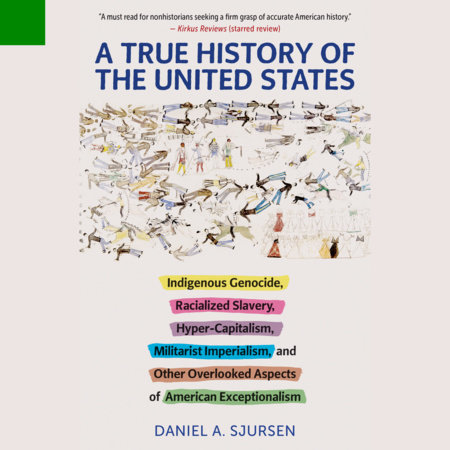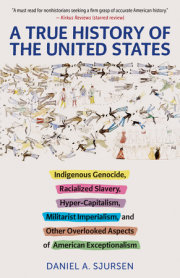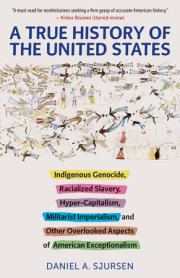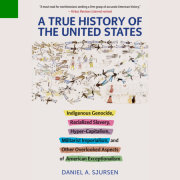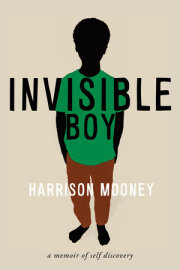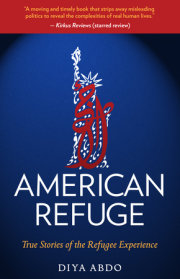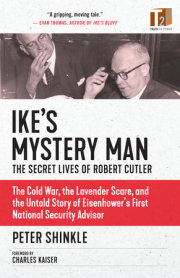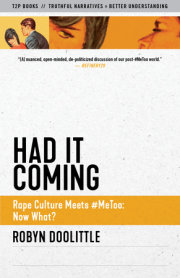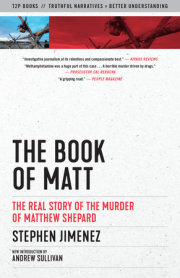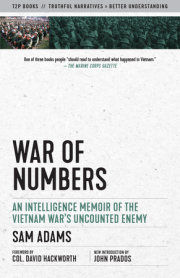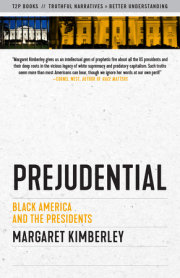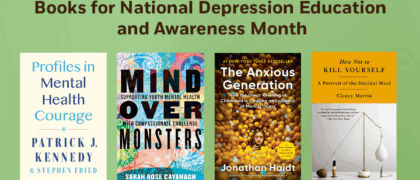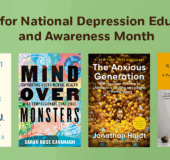Preface
1. Original Sin — American Slavery, American Freedom
2. Roots in Religious Zealotry
3. Whose Empire?
4. Patriots or Insurgents?
5. Independence and Civil War (Part One)
6. Whose Revolution? (Part Two)
7. Flowering or Excess of Democracy
8. Counter-Revolution of 1787? — New Constitution, New Nation
9. George Washington’s Turbulent Administration
10. Liberty Versus Order
11. The Jeffersonian Enigma
12. The Forgotten and Peculiar War of 1812
13. Birth of an Era of Revolutions
14. Andrew Jackson’s White Male World and the Start of Modern Politics
15. The Fraudulent Mexican-American War
16. A Broken Union
17. The Second American Civil War — The Slow, Perilous Shift to Emancipation
18. Reconstruction, a Failed Experiment?
19. Lies We Tell Ourselves About the Old West
20. Wealth and Squalor in the Progressive Era
21. The Tragic Dawn of Overseas Imperialism
22. A Savage War to End All Wars, and a Failed Peace
23. The Decade That Roared and Wept
24. FDR and His Deal for a Desperate Time
25. From Isolationism to a Second World Conflagration
26. Just How Good Was the “Good War”?
27. A Cruel, Costly, and Anxious Cold War
28. JFK’s Cold War Chains
29. Vietnam, an American Tragedy
30. Civil Rights, a Dream Deferred
31. Nixon’s Dark Legacy
32. Carter’s Cage of Crisis
33. The Reagan Revolution
34. Bush the Elder — Struggling in Reagan’s Shadow
35. Bill Clinton, the New Democrat
36. Bush II and the Birth of Forever War
37. The Obama Disappointment
Epilogue: A Once, Always, and Future Empire

